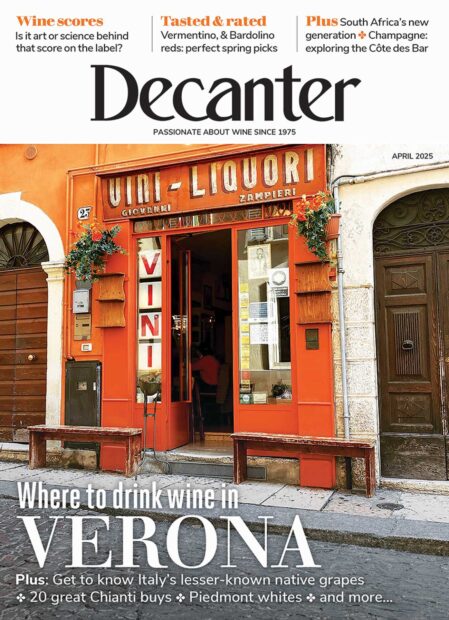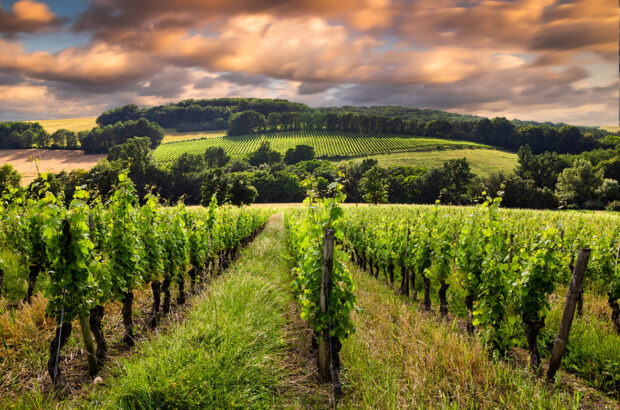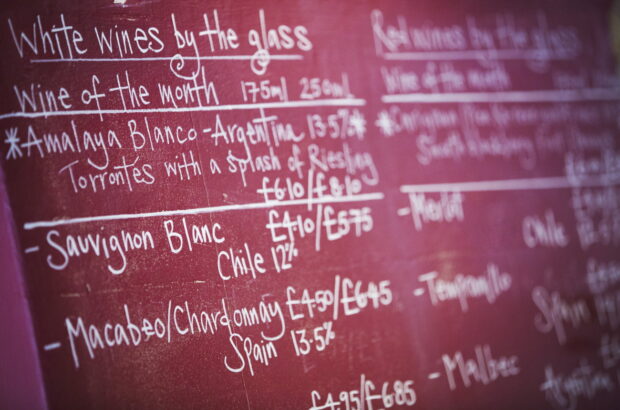Burgundy can seem intimidating to the uninitiated, so Decanter contributing editor Stephen Brook has compiled a foolproof guide to understanding the region, including recommendations that will help you build the perfect cellar – whatever your budget.
Creating a Burgundy cellar: know your vintages
2005
Sunny summer yielded a near-normal crop of healthy fruit, with good sugar levels. Intense reds and whites, worth cellaring.
2006
Big fleshy whites with low acidity. Selection is important. Slightly better in the Côte de Nuits. Probably not for long cellaring.
2007
Difficult growing season and an early harvest. Slightly better in the Côte de Nuits. Good whites but fairly light reds. Probably not for long cellaring.
2008
Wet, cold summer but a fine September. Fine whites with high acidity; reds have freshness and flair. They have purity rather than structure, so select with care.
2009
Gorgeous reds, comparable to 1990 and 2005, though with less tannin and grip. The whites are softer and fatter, and most will age fast, but the reds are worth cellaring, though not for too long.
2010
Cool and wet, yet low yields allowed the grapes to ripen, and acidities were high. Classic wines, especially the racy, taut whites, but also the perfumed, delicate reds.
2011
Storms, hail and uneven weather. A small crop of pure reds of good quality. The whites are mostly mineral and fresh, though some are heavy. Moderate alcohols. Similar to 2007 but better, if not very structured.







